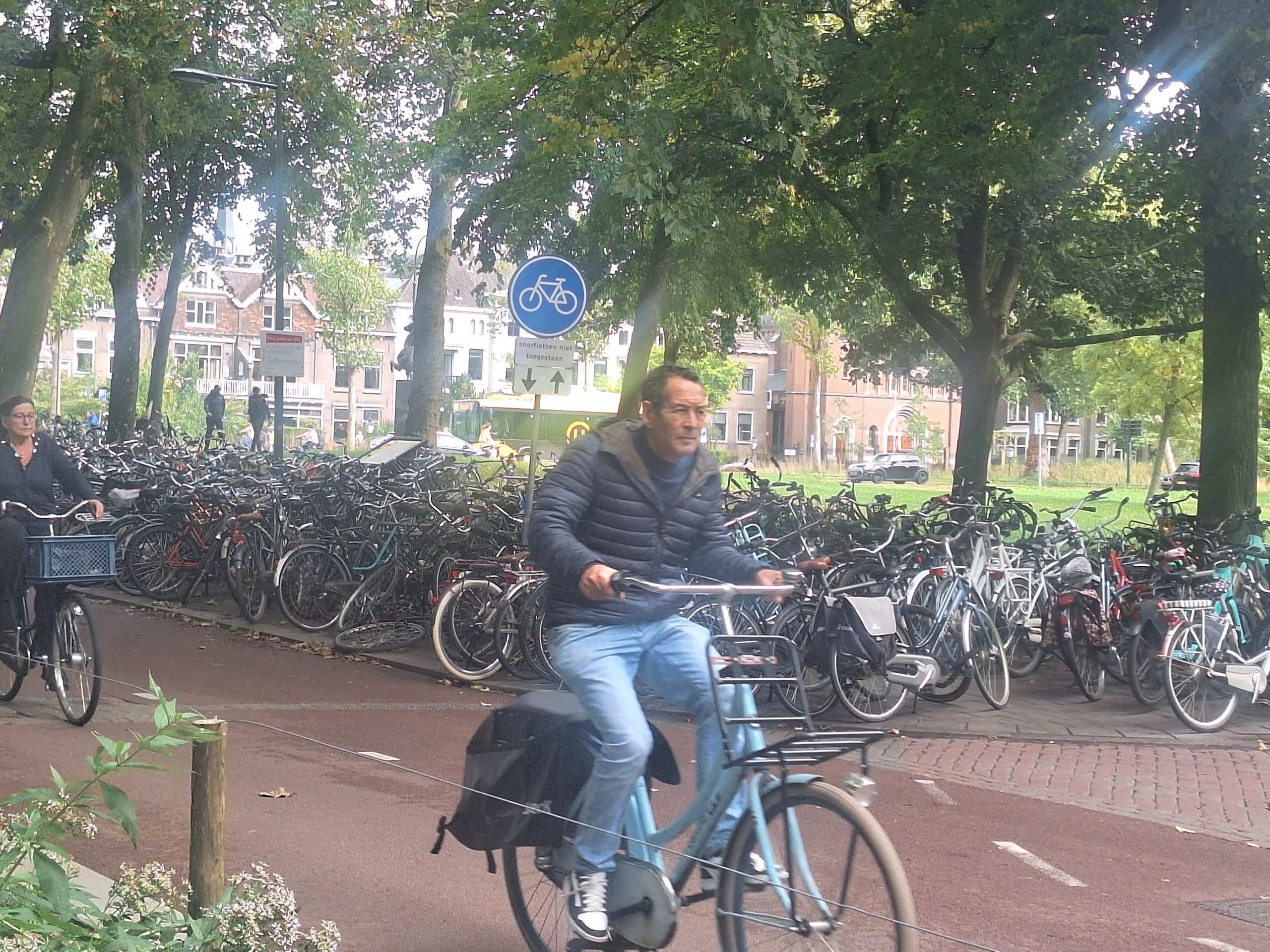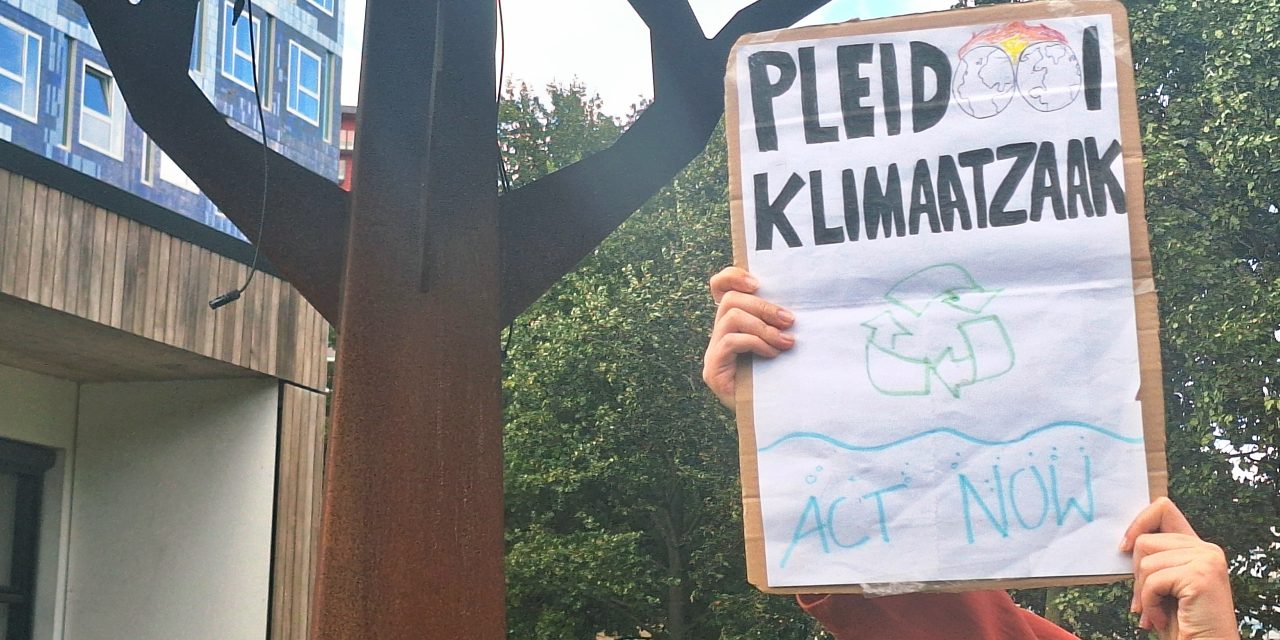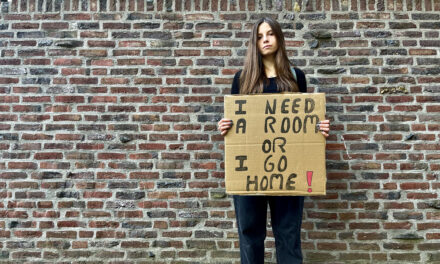Across all 27 member states, the Netherlands has become one of the first to cut air pollution below the European Union’s targets for 2030, figures from Statistics Netherlands (CBS) and the National Institute for Public Health and the Environment (RIVM) revealed.
As part of the effort to achieve zero pollution by 2050, the European Commission outlines reduction objectives in five key air pollutants; sulphur dioxides, nitrogen oxides, ammonia, particulate matter, and non-methane volatile organic compounds (NMVOC,) using 2005 as a baseline to compare to. For example, from 2030 nitrogen oxide emissions must be 61% lower than 2005. In addition, sulphur dioxide emissions must be cut by 53%, particulate matter by 45%, ammonia by 21% and NMVOCs by 15% compared to 2005.
The figures, released on Tuesday 2nd September 2025, showed that last year the Netherlands managed to meet these standards.
Enlarge

In 2024, the European Commission had infringement cases against all but three of the member states with only the Netherlands, Slovakia, and Estonia on track to meeting the 2030 air pollution targets as many countries pushed for a 10-year extension on meeting European guidelines.
Dr Folkert Boersma, a research scientist and associate professor of meteorology and air quality at Wageningen University and the Royal Netherlands Meteorological Institute (KNMI,) explained why it is so important to combat air pollution: “Air pollution has an extremely negative effect on health- people die from it- and also it has been shown to negatively affect ecosystems.”
CBS and RIVM’s data showed that the area where the Netherlands experienced the biggest drop in emissions since 2005 is transport.
Most nitrogen oxides are released when fossil fuels are burned meaning that a lot of emissions comes from transport exhaust fumes.
Enlarge

“Transport is still responsible for a lot of emissions of nitrogen oxides and particulate matters- traffic jams are notorious for air pollution,” Dr Boersma said, “If people get out of their cars and onto trains, buses or bikes it helps a lot.”
In 2024, the EU Urban Mobility Observatory reported that the amount of Dutch people commuting by cycling rose by 57% while the number commuting by public transport increased by 24%.
In 2021, the Dutch government also pushed electric vehicles as a mode of transport by limiting road tax and offering drivers of battery electric vehicles the chance to claim €4,000 from the government which has resulted in electric vehicles and hybrids making up over 75% of the market share in 2024, according to the European Alternative Fuels Observatory.
However, there is still a long way to go to achieving the 2050 zero emission target set by the EU.
According to CBS and RIVM, households are now the biggest source of particulate matter emissions because of wood burning for fireplaces and stoves in the Netherlands.
“I would not call the Netherlands an air quality champion,” Dr Boersma said, “If we make a map of Europe, the west of the Netherlands shows up as a hot spot for nitrogen dioxide, although it is similar in places like Paris or London.”
Air pollutants cause serious harm to both the environment and human health. For example, long-term exposure to particulate matter can lead to people developing respiratory problems like asthma or cardiovascular issues.
The European Environment Agency estimated that there were 239,000 premature deaths in 2022 as a result of particulate matter pollution.
For more information on air pollution in Europe, visit www.eea.europa.eu.




